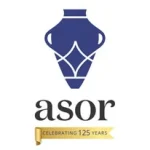
LAWRENCE T. GERATY COMMUNITY ARCHAEOLOGY GRANTS
ASOR will award small grants to support projects that will incentivize local engagement with protection, preservation, and presentation of archaeological sites in Jordan, starting with Madaba Plains Project sites.
Lawrence T. Geraty Community Archaeology Grants will serve as a model and demonstration of ways that archaeologists might partner with local communities for their mutual benefit. Local residents will work with the excavation leadership and/or Sela for vocational training and protection of cultural heritage—an organization dedicated to preserving cultural heritage and building local capacity within host communities—to develop proposals for community-based programs and activities. Examples might be training of site stewards; programs for outreach into the local community; programs that engage local school children in site-preservation activities; development of income generation projects involving local crafts; training in developing re-usable brochures; and training of local residents in archaeological restoration and documentation.
Project proposals must include evidence of local authorities having been consulted to obtain necessary permits for on-site activities and to establish stakeholder cooperation in implementation. Projects funded under the Endowment should have a history of affiliation with ASOR through its Committee on Archaeological Research and Policy, and either be an ASOR-affiliated project or in the process of becoming one.
Small grants or awards will be distributed as guided by ASOR’s Investment and Spending Policies and will have as its initial focus community archaeology endeavors at the sites excavated by the Madaba Plains Project. Other sites in Jordan will also be able to apply for funding under the Endowment as the fund grows.
Help the Grant grow by selecting “Geraty Endowment Fund” from the drop-down menu.
Lawrence T. Geraty
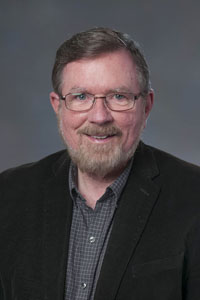
Lawrence T. Geraty was born in California to a family of American missionaries. However, he was raised in China, Burma (now Myanmar), Hong Kong, and Lebanon. He then attended the Adventist University of France-Collonges, Newbold College in England, and Pacific Union College in California, graduating in 1962. He went on to study at Andrews University in Michigan, receiving a B.D and M.A and continued in pursuit of his PhD from Harvard University, studying both in Germany and Israel. He received his PhD in Syro-Palestinian Archaeology from Harvard in 1972.
Geraty’s first excavation was as a student at Tel Gezer in 1968, but it was not until his time Tall Hisban that he was made a field supervisor. He remained a supervisor for three seasons (1968, 1971, and 1973), and then acted as director for the final two seasons (1974 and 1976). In 1984 the Madaba Plains Project was formed under the supervision of Geraty in collaboration with Larry Herr, Øystein LaBianca, and later Randall Younker and Douglas Clark. The Project encompassed Tall Hisban while opening two new projects Tall al-Umayri and Tall Jalul.
Geraty’s education career started with the prestigious Fulbright Fellow at Hebrew University in Jerusalem (1970– 1971). He continued on with a professor of archaeology and Hebrew in the Seventh-day Adventist Theological Seminary Old Testament Department at Andrews University (1972-1985). From there he moved into academic administration, serving as president of Atlantic Union College in Massachusetts (1985–1993) and of La Sierra University in California (1993–2007); he officially retired from the latter in 2007.
Following his retirement from academic administration, Geraty continued part time as the Executive Director of the La Sierra University Foundation, a position he still holds. In addition, from 2012 to the present, he has been the Associate Director of the Center for Near Eastern Archaeology at La Sierra and, from 2002-2006, he served as President of the American Schools of Oriental Research.
Over the course of his career he has published widely on archaeology (primarily on the sites of the Madaba Plains Project), ancient inscriptions, biblical studies, Adventist higher education, and important progressive causes.
In melding his upbringing with his degrees and extensive fieldwork, Geraty has acted hospitably, generously, and with diplomacy. In doing so he has often facilitated work between local populations and his colleagues. As such, it is fitting that an endowment for the funding of community archaeology be named after him.
Madaba Plains Project
The Madaba Plains Project, an over 50 year venture, studies the various cultures that have inhabited the Jordanian highland plateau—stretching from Madaba in the south to Amman in the north. The primary focus of excavation and research has been at the sites of Tall Hisban, Tall al-`Umayri, and Tall Jalul. This research endeavor began with Geraty’s excavation work at Tall Hisban in 1968 and expanded to include the two other sites beginning in 1984. Excavations at Tall al-`Umayri continued until 2000.
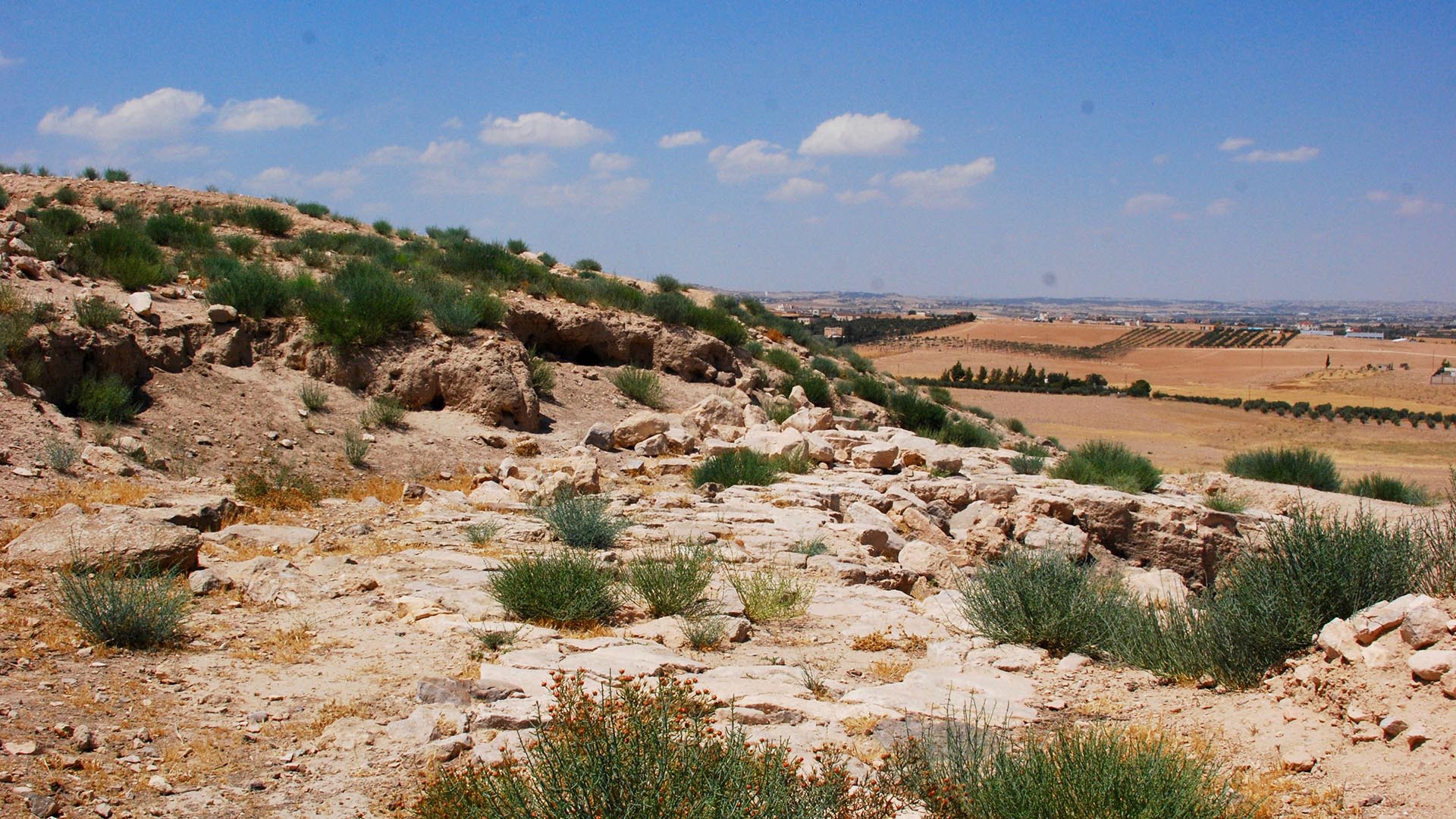
Iron Age Road, Jalul. Photo credit Susan Ackerman
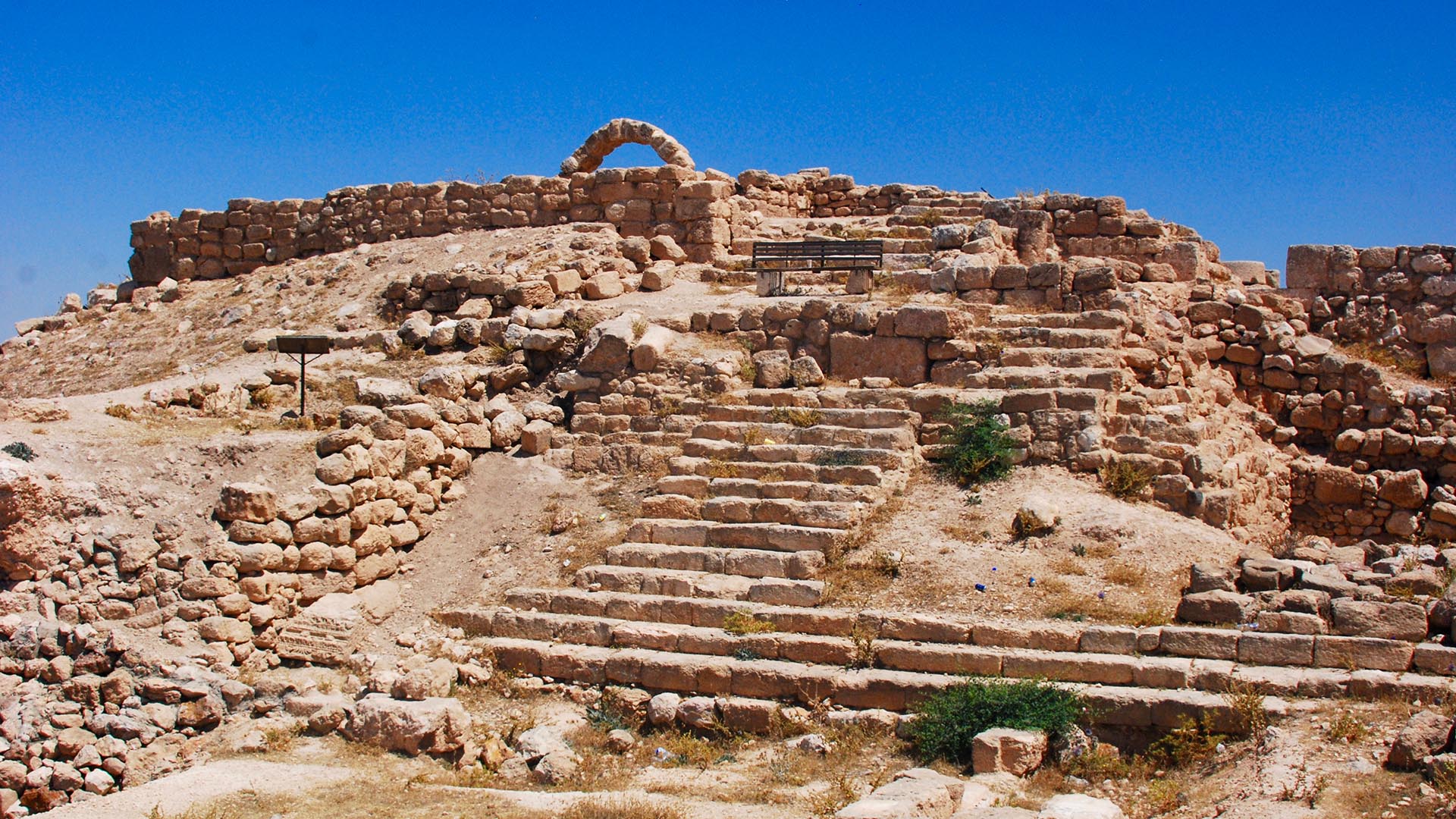
Overview of the Acropolis, Hisban. Photo Credit: Susan Ackerman
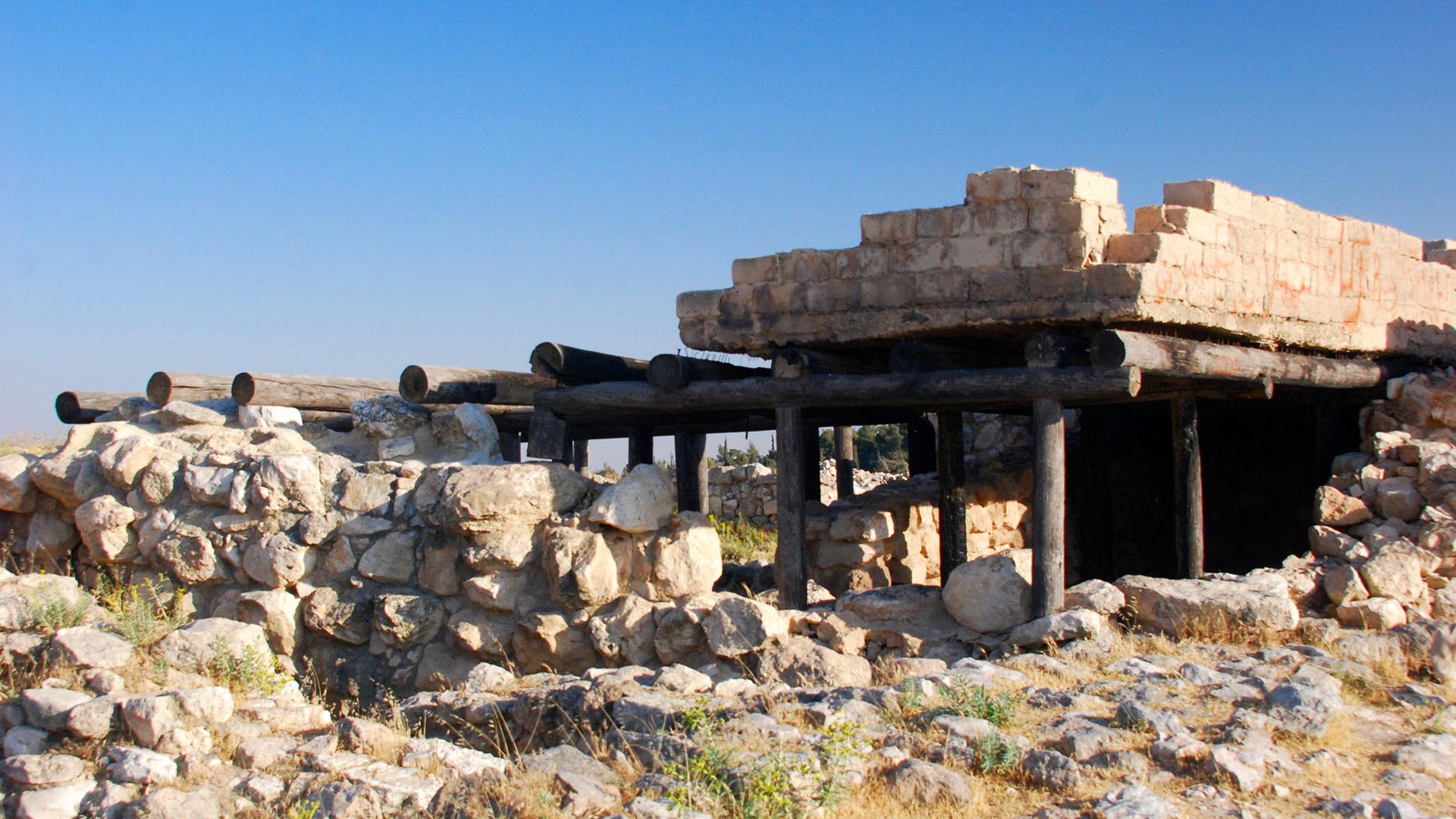
Reconstructed Four Room House, al-Umayri. Photo Credit: Susan Ackerman
These sites offer an invaluable window into the past, often highlighting how unique practices and customs of the region have strong links to the present. The continued preservation and protection of these sites through community involvement is one of the main goals of the Lawrence T. Geraty Community Archaeology Grants. Failing to protect these sites would result in the loss of an important part of Jordanian cultural heritage and an essential piece in the narrative of Near Eastern and more broadly Mediterranean history.
While the earlier excavations of Tall Hisban were extremely fruitful, the Lawrence T. Geraty Community Archaeology Grants hopes to mitigate the types of damage done to the original mound by the insertion of numerous excavation squares and by the accumulation of excavation debris around the tell. The Grants also hope to diminish damage done to the site in the intervening years since the original expedition—primarily damage done to the standing ruins, caused by the elements; by domestic animals; by local school children; and by antiquities thieves.
Guidelines
Lawrence T. Geraty Community Archaeology Grants Application Form (forthcoming)
If you have any questions, please email Marta Ostovich.
1. Applications should be submitted by directors of ASOR-affiliated projects or senior staff members of affiliated projects. Applications by staff members other than the director must be accompanied by a letter of endorsement from the project director.
2. While an project may submit multiple applications, only one application from an excavation project or site will be funded in any given year. In addition, the Geraty Selection Committee will give preference to excavation projects that have not received an ASOR Project Grant (Dana, Gold, Harris, or Seger) in the past three years.
3. Geraty Community Archaeology Grants are not designed to fund travel for student volunteers or junior staff members (see Scholarships for Fieldwork Participation for student funding).
4. Funds will be made available from the ASOR office, and recipients may receive a Form 1099 for the funds received. In order for ASOR to distribute funds to an institution, certain restrictions may apply. Only direct expenses are permitted, and no indirect or overhead may be charged.
Grant Reports
2023 Geraty Endowment Fund report
